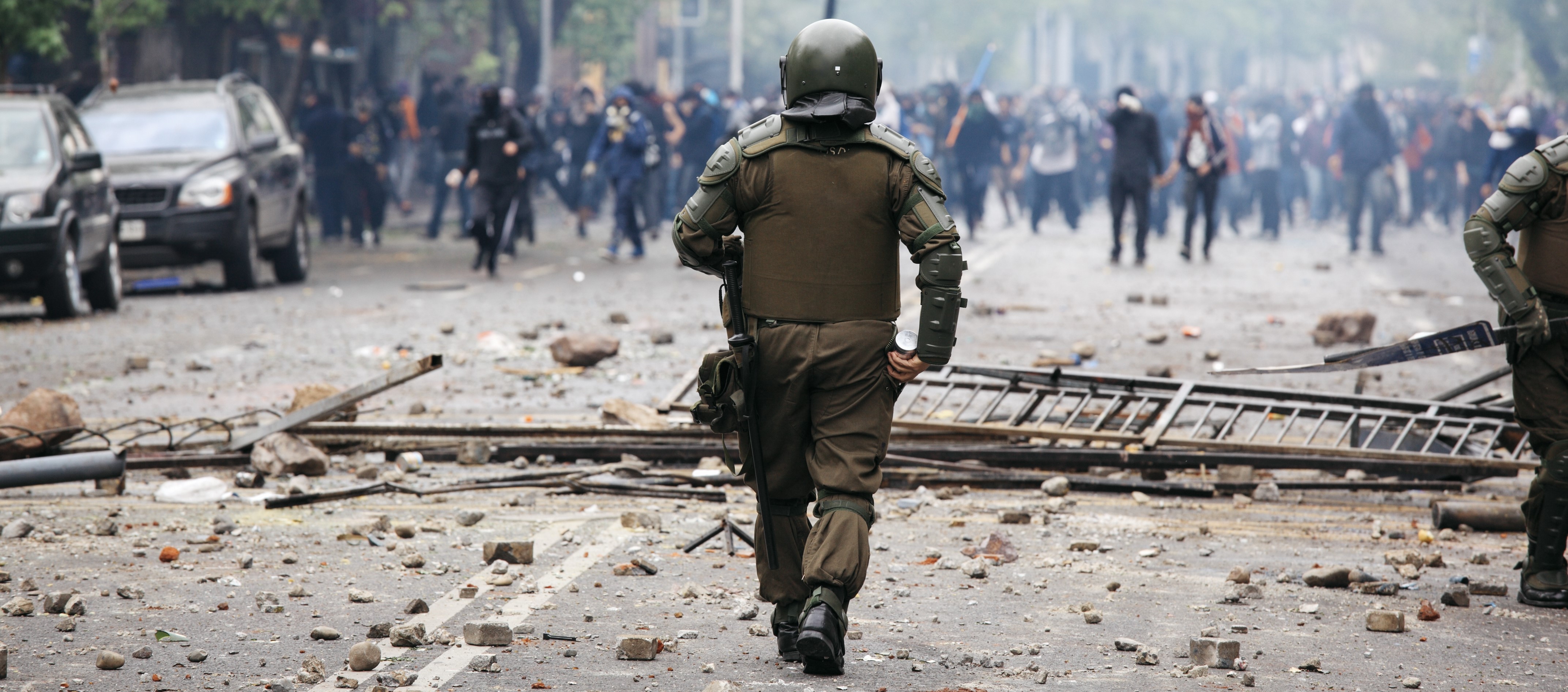
French riots of 2023: Strikes, riots and civil commotion protection
The riots that happened in France between 27 June and 4 July 2023 are the costliest to have occurred in France in the past 20 years. The unexpected destruction of public and commercial buildings has created uncertainty over the future of strikes, riots and civil commotion (SRCC) protection.
The riots were catalysed by the fatal shooting of 17-year-old Nahel Merzouk by the police on 27 June in Nanterre, Paris. A peaceful protest outside the Nanterre police station followed and escalated into a riot.
Over several nights, violence spread across the country, peaking around 29-30 June. On 1 July, 45,000 extra police were deployed and violence dropped dramatically, with order largely restored by 4 July.
The riots were distinctive for the intense targeting of public buildings, notably police stations and town halls. In addition to being the most expensive riots in recent French history, they stand out for the intensity of damage done over a period much shorter than the weeks-long 2005 riots and the months-long 2018-19 Gilets Jaunes demonstrations.
The 2023 riots in France are estimated to have generated at least EUR650mn in damage, according to the French Federation of Insurance. For context however, no riot in France has come close in cost to the Chilean 2019, American 2020 or South African 2021 unrest.
Applicability of terms/viability
Unlike storms or floods, destructive civil unrest can begin anywhere and spread rapidly, posing a systemic risk to entire nations. In recent years, in Latin America and South Africa, SRCC costs have overtaken extreme-weather event costs. The unpredictability of these events is leading to restrictions in SRCC coverage, risking access to protection, and may require public sector support.
In most reinsurance treaties in France, political violence coverage – which includes SRCC – applies to one city and those adjacent to it1. The recent riots show the limits of this: Paris and Lyon both saw large-scale SRCC events and are not adjacent to each other, and will be classed as two separate events, despite the same common cause: Merzouk’s death.
The most common period of coverage is 72 hours. Incidents were at their most intense across 28-30 June, a 72-hour period. Intense urban unrest (in one city) lasting more than 72 hours is a rare occurrence, as the number of targets diminishes and government response time permits mobilisation of security forces.
Beyond geographic and temporal
Some riots may involve large-scale individual acts of destruction, for example the total razing of a number of buildings. More commonly, however, they comprise large numbers of smaller damage incidents. Each of these may fall beneath the retention limit of reinsurance coverage, but can still quickly add up across multiple cities and multiple nights of unrest. These multiples are the reality of riots and are making coverage of riots increasingly prohibitive.
The difficulties of covering SRCC in France following such riots are likely to result in one of three outcomes: primary insurers taking full responsibility, reinsurers agreeing to share the burden of SRCC, or creating a state-backed pool for SRCC. Without change, there is a risk that coverage might be withdrawn from vulnerable French communes.
Modelling
Guy Carpenter is conducting scenario and accumulation modelling of SRCC risk using impact footprints and target data points. We have an extensive library of impact footprints built from observed historic incidents in South America, North America and Europe. These have been adapted for specific urban geographies and the extents, severity and targeting vary. Our Sunstone® target database includes 1.3 million targets around the world. Of the 64,000 political violence targets in France, more than 50,000 targets across 29 target types are relevant to riot.
With such a large and granular dataset, we are able to identify risk areas in different regions. Target accumulations are key to finding exposure at risk and form the anchor points to realistic disaster scenarios.
The nature of riots varies from society to society, the political landscape and the motivation of the crowd. This is captured in the footprints we have created and by filtering our broad target database.
Having successfully deployed this methodology to a number of clients to identify probable maximum loss and provide an innovative aggregation approach, we are now automating the process for greater efficiency and to service a wider client base.
Guy Carpenter partners with our clients by bringing together the power of analytics and advisory via a multi-model approach to address ever-changing, complex SRCC and terrorism risks.
Disclaimer: this note is of a general nature. The commercial, actuarial, technical and legal elements presented below for the French market may differ in practice from one insurance company to another.
- Source: ABREF (Association of Reinsurance Professionals in France)